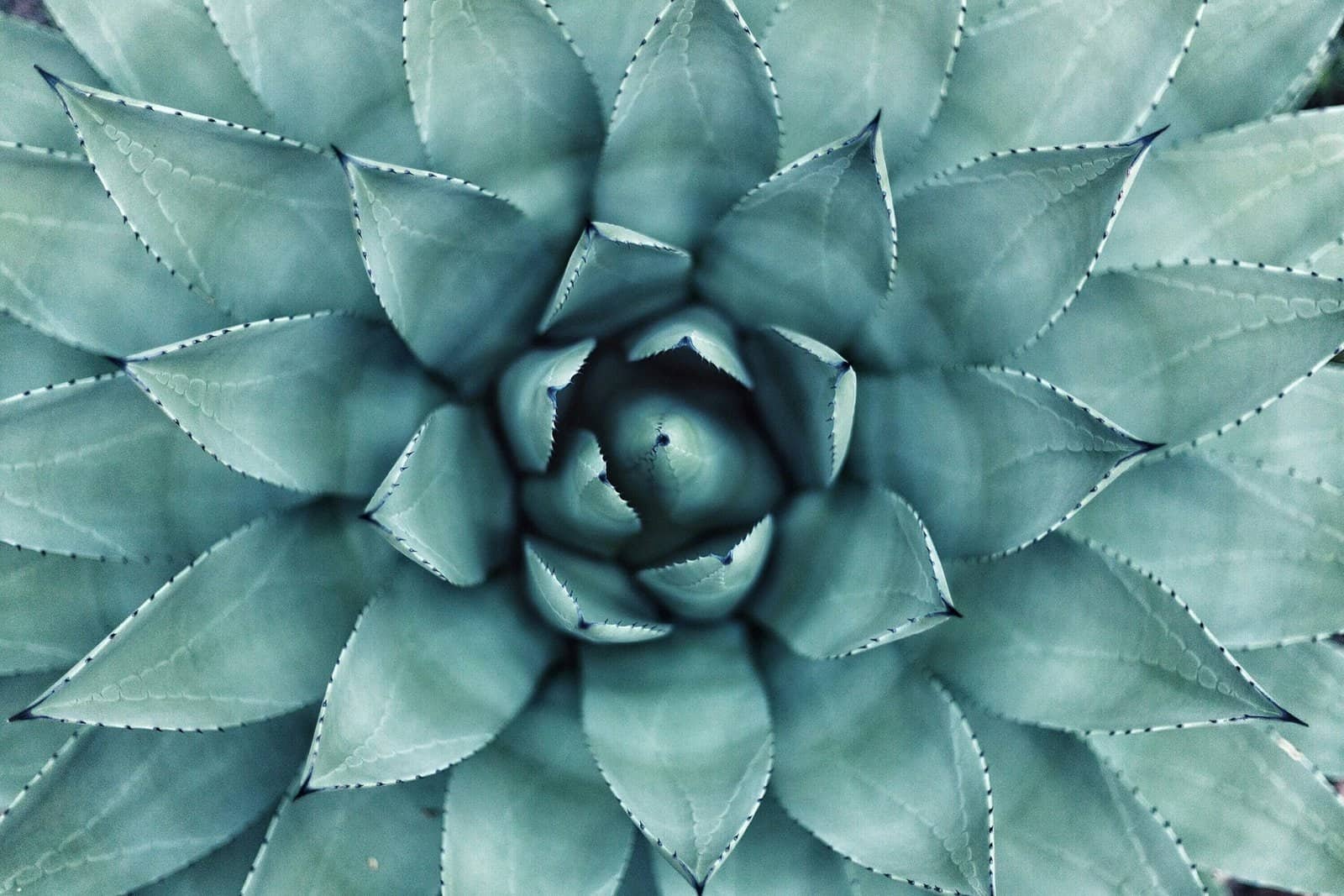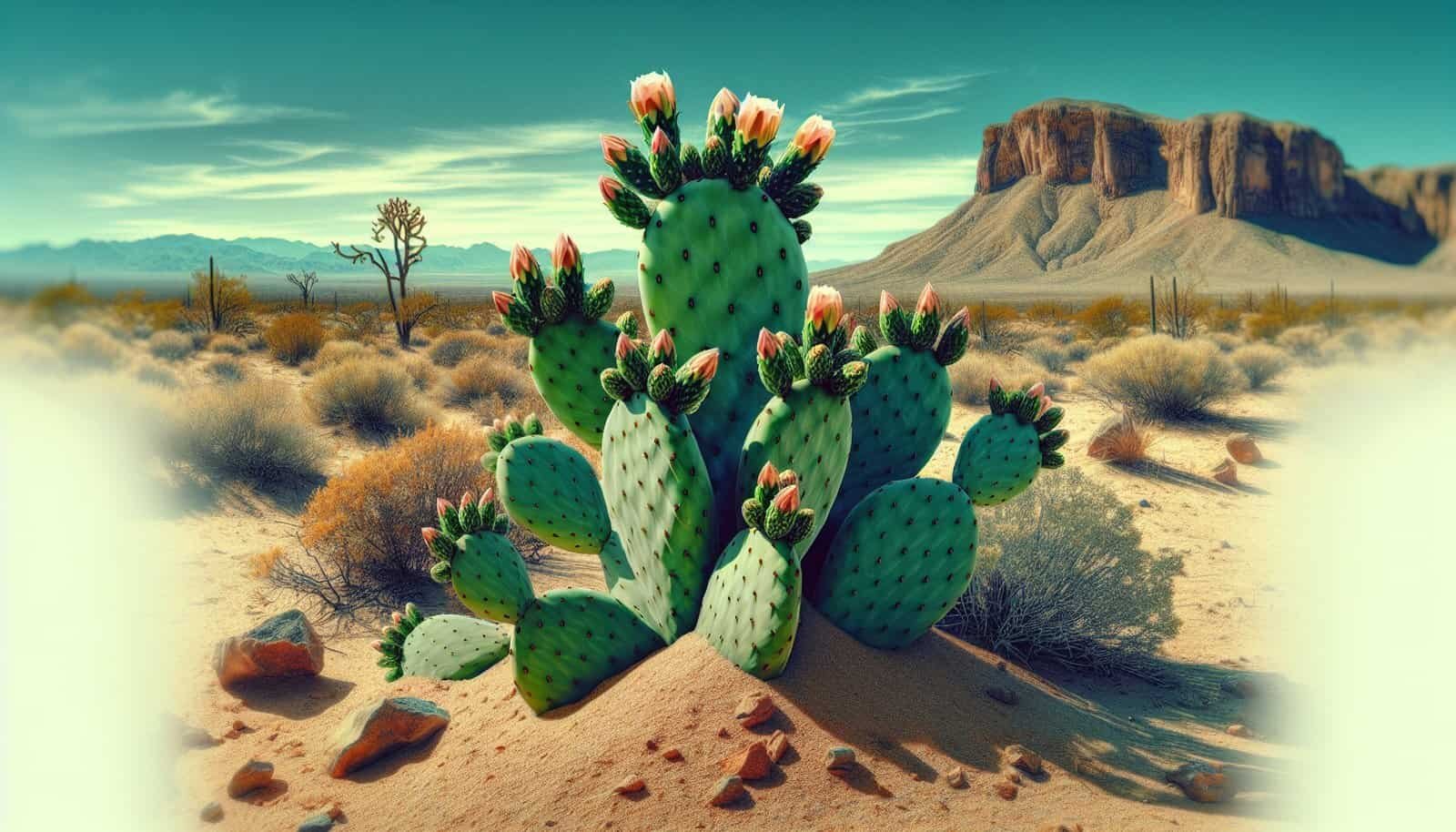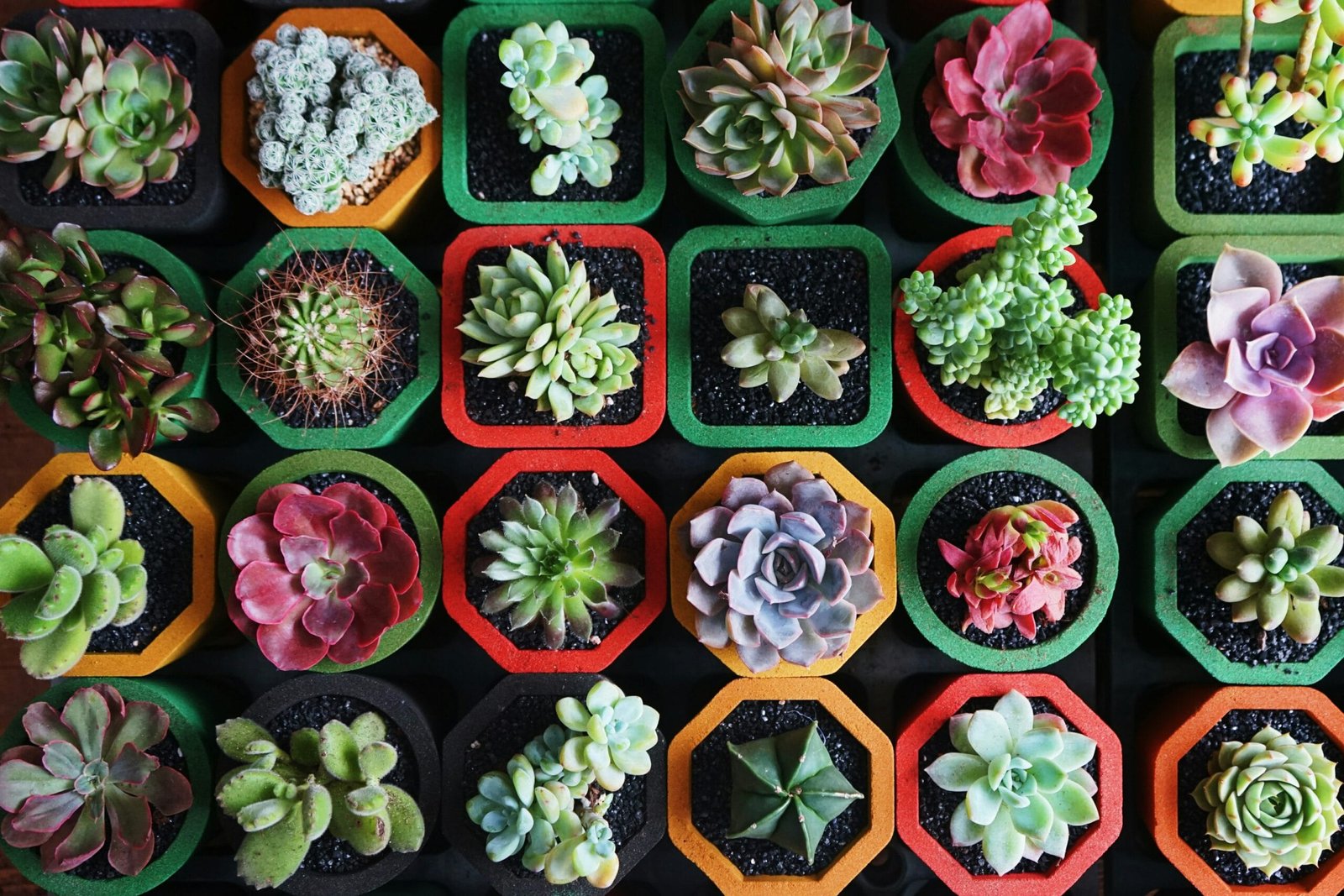Have you ever wondered how to cultivate Nopal cactus even when faced with poor soil conditions? Your curiosity is not misplaced. Nopal cactus, also known as prickly pear, is a resilient plant that can thrive in less-than-ideal circumstances, offering beauty and utility in your garden or home space. Let’s embark on this journey to discover the secrets of nurturing these fascinating plants in an environment that isn’t necessarily plant-friendly.
Understanding Nopal Cactus: A Brief Overview
Before delving into the specifics of soil conditions, it’s essential to understand what makes the Nopal cactus so unique. Native to arid and semi-arid regions, the Nopal cactus, scientifically known as Opuntia, is renowned for its paddle-shaped leaves and vibrant fruit. These plants not only adapt well to harsh environments but also provide numerous benefits, from edible pads and fruits to their traditional medicinal uses.
The Adaptability of Nopal Cactus
Nopal cactus is known for its ability to survive in drought conditions, making it a popular choice among gardeners who live in areas with limited rainfall. The cactus’s thick, fleshy pads store water efficiently, ensuring it remains hydrated even during dry spells. This adaptability is not just limited to water conservation; Nopal cacti are also remarkably resilient to poor soil conditions.
Preparing for Planting: Choosing the Right Environment
When you decide to grow Nopal cactus, one of the first considerations is selecting the appropriate environment. While these cacti are tough, they still have preferences that can make a significant difference in their growth and overall health.
Ideal Climate for Nopal Cactus
Nopal cacti thrive in warm, sunny climates. They prefer temperatures between 50 and 100 degrees Fahrenheit. If you live in a colder region, growing them indoors near a sunny window or using greenhouse techniques could be the way to go. The correct climate will reduce stress on the cactus and allow it to flourish even if the soil isn’t perfect.
Location and Sunlight
When selecting a location for your Nopal cactus, aim for an area that receives at least six to eight hours of direct sunlight daily. This not only ensures optimal growth but also helps in developing the vibrant colors associated with healthy Nopal cacti. Full sun exposure is crucial, especially when the soil cannot provide all the nutrients the cactus needs.

Understanding Soil Conditions: Overcoming the Odds
You might be wondering how a plant that’s used to thriving in arid landscapes could possibly struggle in poor soil. The answer lies in understanding what “poor soil” means and how to mitigate these limitations.
Characteristics of Poor Soil
Poor soil often lacks the necessary nutrients and structure to support plant growth. It might be too sandy, too clayey, or heavily compacted, making it difficult for roots to anchor and absorb nutrients. Alternatively, it might be rich in salts or have a poor pH balance, which can be harmful to many plants.
Improving Soil for Nopal Cactus
Even though Nopal cactus can survive in poor soil, enhancing the soil can lead to better growth and higher fruit yields. Consider incorporating organic matter such as compost or well-rotted manure to improve soil structure and fertility. Amendments like sand can aid in drainage if your soil is too compacted, while gypsum can help break up clay soils.
| Soil Type | Possible Amendments | Benefits |
|---|---|---|
| Sandy | Organic matter, compost | Enhances nutrient retention |
| Clay | Sand, gypsum | Improves drainage |
| Salty | Gypsum, organic matter | Reduces salt content |
| Low pH | Lime | Balances acidity |
Planting Nopal Cactus: Step-by-Step Guide
Now that you’ve prepared your environment and amended the soil, it’s time to begin planting your Nopal cactus. The process is relatively straightforward, but attention to detail is crucial for successful growth.
Selecting the Right Pads
Begin with selecting healthy pads from a mature Nopal cactus. Look for pads that are at least six months old and show no signs of diseases or pests. Make sure to use clean, sharp tools to cut the pads to avoid any injury to the plant.
Allowing Pads to Scab
Once you’ve selected and cut the pads, allow them to scab over. This means letting the cut ends dry out and callous, which usually takes a week or two. Scabbing helps prevent bacterial infections and ensures successful rooting.
Proper Planting Techniques
Plant the scabbed pads in the prepared soil, burying about a third of the pad underground. Make sure it’s planted vertically with the cut end down. Water the pad lightly, and ensure it has plenty of sunlight to encourage root development.
Watering Practices
Although Nopal cacti are drought-tolerant, they do need some water to establish roots. Water the cactus lightly after planting, and then wait until the soil dries out before watering again. Overwatering can lead to root rot, so it’s crucial to let the soil dry between waterings.

Maintenance and Care: Ensuring Long-Term Growth
Once your Nopal cactus is established, consistent care will ensure it remains healthy and productive. This involves understanding its maintenance needs and how to address any potential issues.
Fertilization Needs
Generally, Nopal cacti do not require much fertilization, especially if you’ve improved the soil quality. However, if you notice slow growth, an occasional feed with a balanced cactus fertilizer can provide nutrients that may be lacking.
Pruning and Pest Control
Regular pruning helps maintain the shape of your Nopal cactus and can promote new growth. As for pests, watch out for common culprits like scale insects or spider mites, which can damage the pads. Use neem oil or insecticidal soap as a treatment if needed.
Dealing with Diseases
Nopal cacti are susceptible to fungal diseases if exposed to too much moisture. Ensure good air circulation around the plant and avoid overhead watering to prevent this. Should any pads become infected, remove and dispose of them promptly to stop the disease from spreading.
Harvesting and Using Nopal Fruits and Pads
Beyond the ornamental appeal, Nopal cacti offer edible pads and tasty fruits, commonly known as prickly pears. Knowing when and how to harvest can enhance your experience of growing these incredible plants.
Harvesting Pads
Harvest the pads in the spring when they are tender and new. Use gloves and a sharp knife to protect yourself from the small spines while cutting. Once harvested, they can be used in a variety of culinary dishes, offering a nutritious, tangy addition to your diet.
Enjoying Prickly Pear Fruits
The fruits usually ripen in late summer to fall. Identify ripe fruits by their bright color and slight softness to touch. Use caution while harvesting due to their prickly nature. The fruits are sweet and can be eaten fresh, juiced, or used in jams and desserts.
Nutritional and Medicinal Benefits
Both the pads and fruits of Nopal cactus boast an array of health benefits. They are rich in antioxidants, vitamins, and minerals. Traditionally, they have been used to manage blood sugar levels, reduce inflammation, and support gut health.

Troubleshooting Common Issues
Being well-prepared to tackle common issues can make the difference between a thriving cactus and one that’s struggling.
Yellowing Pads
Yellowing pads can indicate a variety of problems, from overwatering to nutrient deficiency. Check your watering schedule and adjust as necessary. If the soil lacks nutrients, consider a light application of balanced fertilizer.
Stunted Growth
If your cactus isn’t growing as expected, check the sunlight exposure and soil quality. Insufficient sunlight can stunt growth, while poor soil may require further amending for optimal nutrient availability.
Pad Drop
Sometimes, Nopal cactus pads drop off unexpectedly. This can result from sudden environmental changes, excessive watering, or pest infestations. Address these issues promptly by stabilizing the environment, adjusting watering practices, or treating pests.
Conclusion: The Resilience of Nopal Cacti
Nurturing Nopal cactus in poor soil conditions is an endeavor that rewards patience and care. By selecting the right environment, amending the soil, and providing consistent care, you enable your cactus to thrive despite challenges. Whether you’re attracted by their striking appearance, nutritional benefits, or resilience, growing Nopal cacti is a satisfying experience that connects you with the beauty and tenacity of nature.


